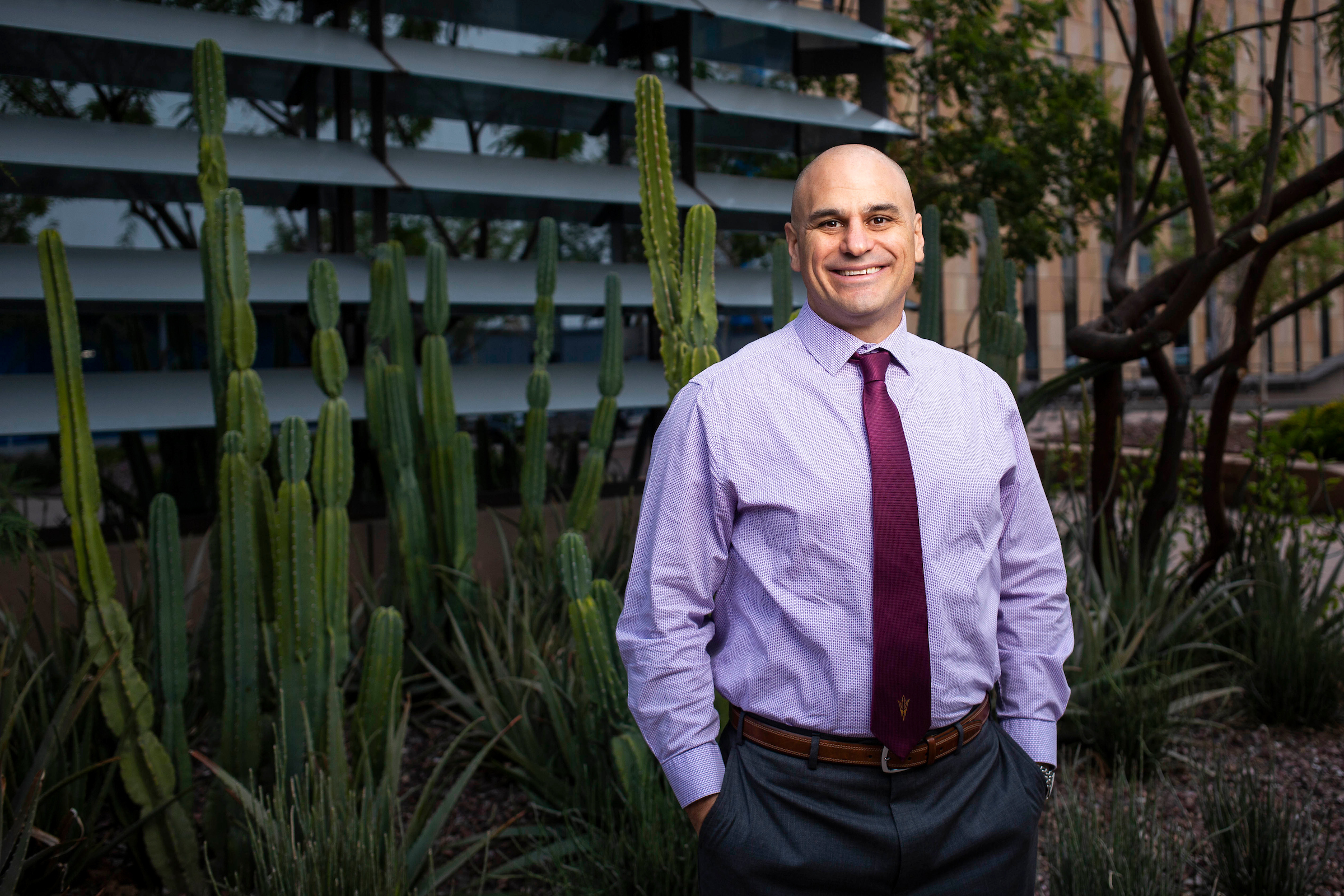ASU-TGen review suggests added sugars are contributing to liver disease in children

Johanna DiStefano, professor and researcher at TGen.
Editor’s note: This story was developed in partnership with TGen and written by Steve Yozwiak, senior science writer at TGen.
A review of more than 20 studies by researchers at Arizona State University and the Translational Genomics Research Institute (TGen), an affiliate of City of Hope, suggests that nonalcoholic fatty-liver disease (NAFLD) is a growing dietary problem for children across the globe.
“The prevalence of fatty-liver disease is escalating not only in adults, but also in children,” said Johanna DiStefano, a professor and head of TGen’s Diabetes and Fibrotic Disease Unit, and the review’s senior author. “Like Type 2 diabetes, NAFLD used to be considered a disease that developed only in adulthood, but that is no longer true.”
The analyses were published recently in the journal Pediatric Obesity.
NAFLD affects more than 1 in 10 children in the U.S. and now is the nation’s most common chronic liver disease within this population. The disease can lead to nonalcoholic steatohepatitis (NASH), a chronic condition that can lead to serious illness, liver transplants and death. Risk factors include obesity and family history.
NAFLD is associated with both a lack of exercise and excessive consumption of sucrose, the scientific name for table sugar, which is comprised of both fructose and glucose. While both are found naturally in fruits, vegetables, dairy products and grains, they are often an additive to many processed foods.
The body and sugar
Glucose, absorbed in the intestines, is the body’s preferred carbohydrate-based energy source. Fructose must first be converted by the liver into glucose before the body can use it for energy. An earlier study led by DiStefano showed that fructose increased gene expression, altered proper cell function and often led to liver disease.
In this review, researchers focused on studies that linked excessive fructose intake to children with NAFLD, interventions that restricted fructose and identification of related metabolic biomarkers.
The authors suggest that restricting excessive consumption of added sugars in youth may represent an early and important target by which NAFLD risk can be reduced.
Detecting NAFLD in youths
Diagnosing NAFLD is difficult due to the lack of overt symptoms and the poor accuracy of current biomarkers. NAFLD is most commonly suspected in obese youth with abnormal liver enzymes in blood samples, but these must be confirmed with additional testing. Even with advanced imaging, current approaches do not adequately differentiate the spectrum of NAFLD, and diagnosing NASH still requires a biopsy.
Gabriel Shaibi
“We hope to develop better tools to help clinicians decide which kids need a sophisticated work-up and which ones don’t,” said Gabriel Shaibi, a professor and director of ASU’s Center for Health Promotion and Disease Prevention in the Edson College of Nursing and Health Innovation, and another author of the review. “By getting a better handle on diagnosis and disease severity, we will have a more individualized approach to management where some kids will respond well to diet and exercise while others may need a more aggressive intervention.”
Shaibi, whose research is focused on understanding and preventing obesity-related diseases in youth, said his work with DiStefano ultimately could result in identifying genomic biomarkers that track changes in liver health and potentially shed light on the molecular mechanisms underpinning NAFLD risk in high-risk children.
The reviewers indicate that additional studies are needed to understand both the short- and long-term effects of high fructose consumption and the development of NAFLD among children, but suggest that, “efforts to reduce global consumption of added sugars in the diet would most certainly yield a positive impact on overall health in youth due to its relative simplicity and focus on a single behavior.”
More Health and medicine

From lab to startup: ASU researchers drive health innovation
By Emmanuelle ComptonThe future of engineering-driven health innovation is currently unfolding at Arizona State University.In the…

Creepy-crawly science that matters
Written by Douglas C. TowneWhen Karen Clark was a child traveling with her grandfather, the late ASU Professor Herbert L. Stahnke…

A new heart
Written by Daniel Oberhaus, ’15 BAEach year, around 1.3 million children are born with congenital heart disorders, malformations…
